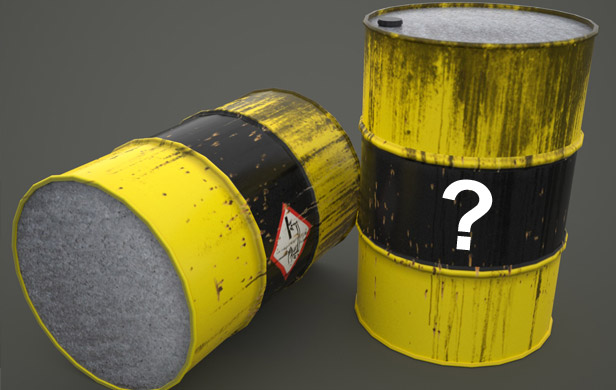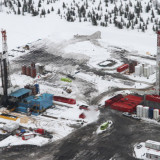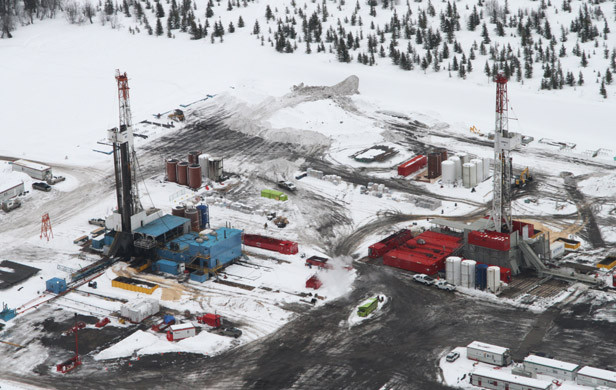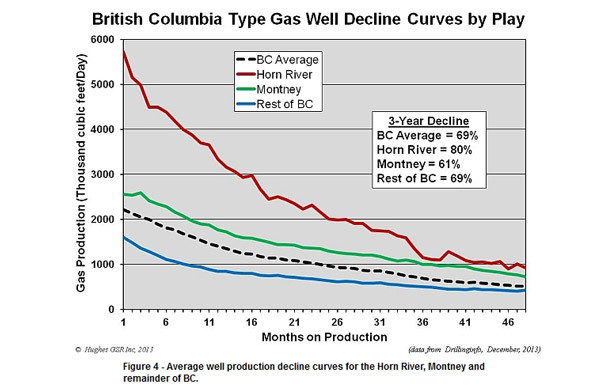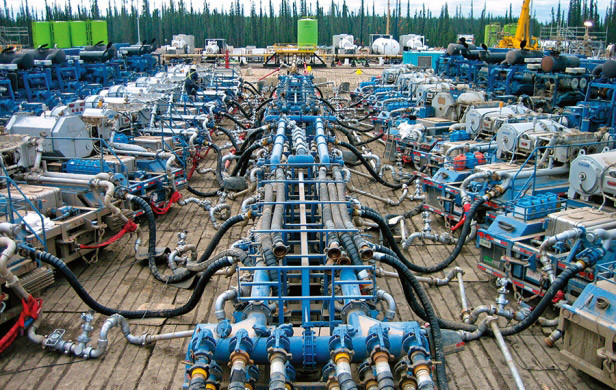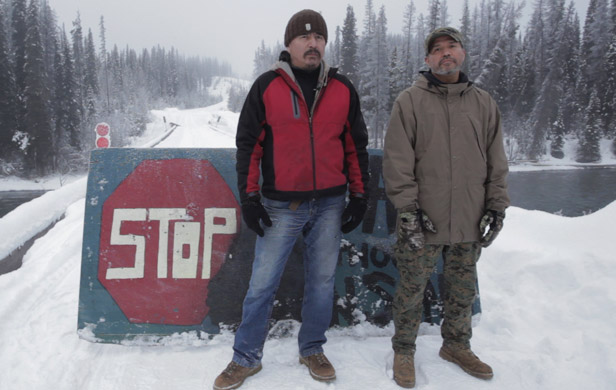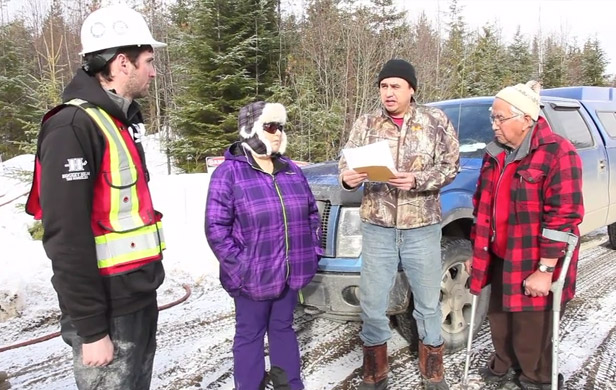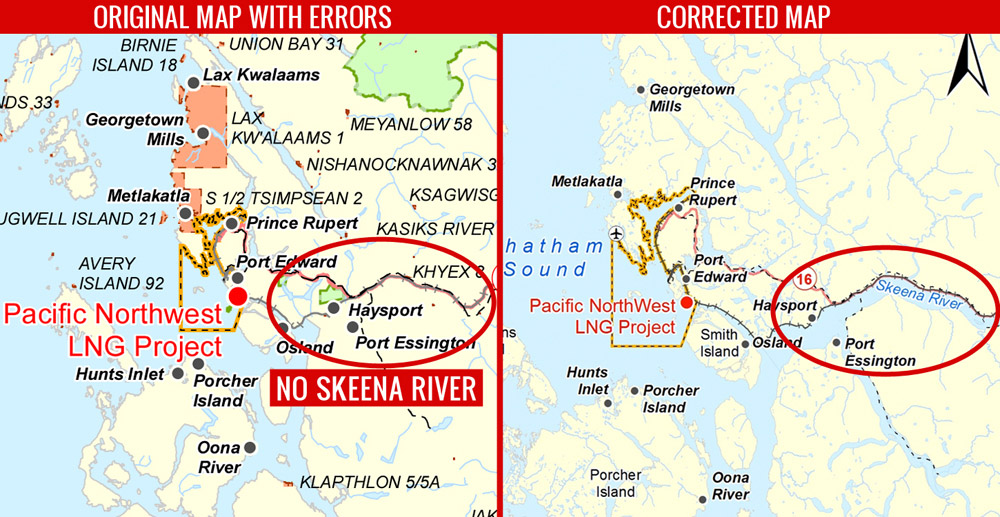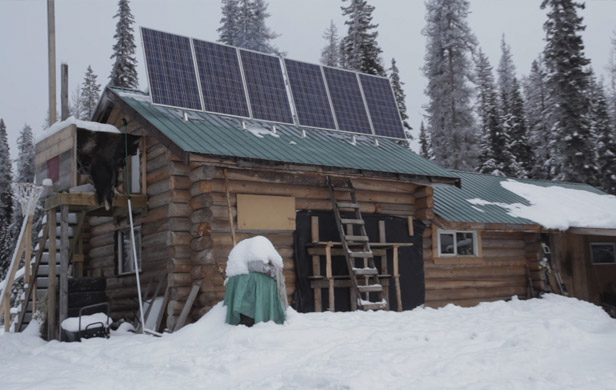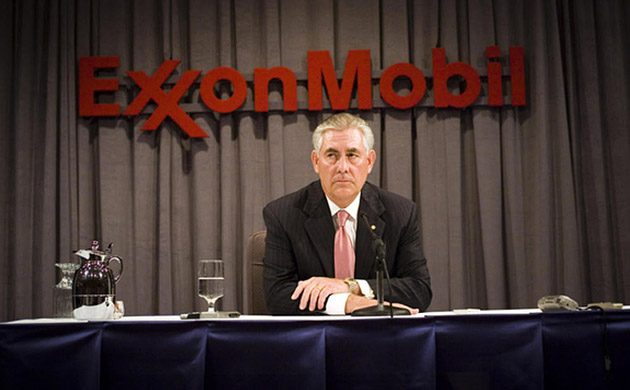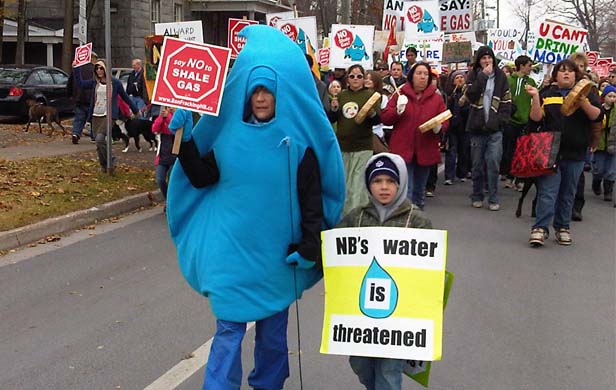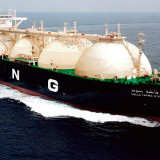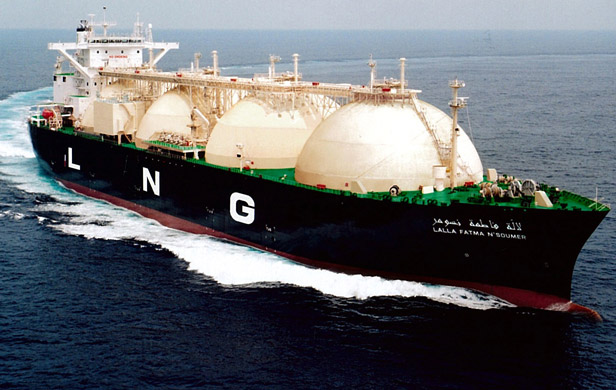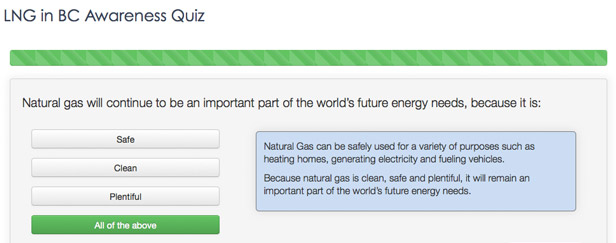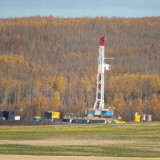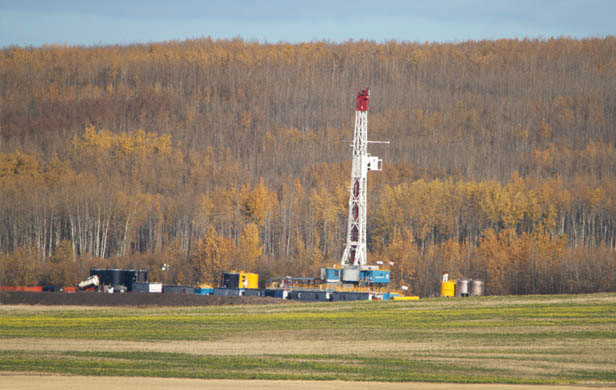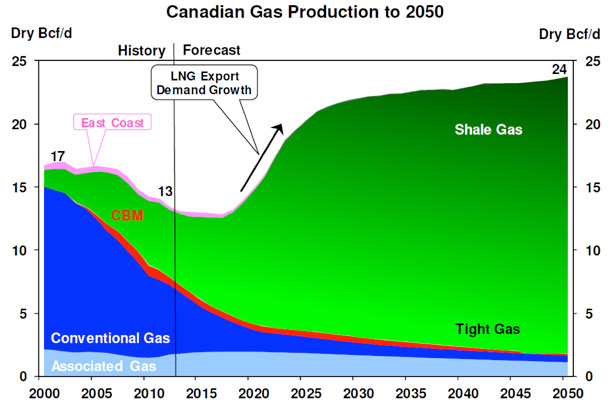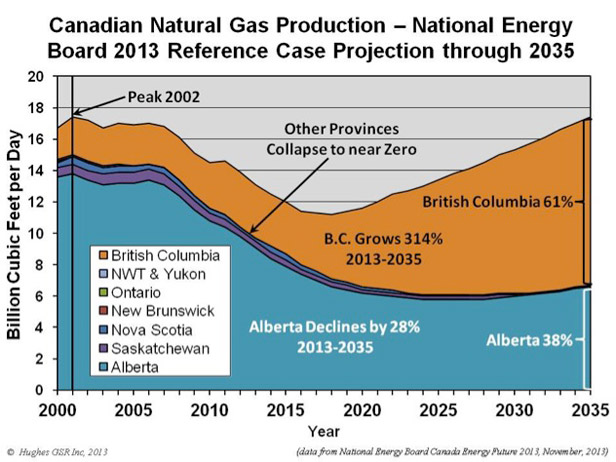
One thing Stephen Harper, Justin Trudeau, BC Premier Christy Clark and new Quebec Premier Philippe Couillard all share in common is the dated notion that economic and sustainable development are competing concepts that need to be reconciled, with great difficulty. And in hard times, the economy must take precedence.
The term reconciliation seems totally out of place when one considers that the green sectors are among the fastest growing and highest job creation sectors of our time and that this growth can only get better as nations adopt more aggressive approaches to fully participate in the new economy. Moreover, the green economy is every bit as diversified, if not more so, as Canada’s traditional natural resource-based economy – while offering 6 to 8 times more jobs for the same level of government subsidy as the fossil fuel sectors.
New Quebec government disappoints with green jobs policy
Among its first public statements on the natural resource sectors and environment, the new Quebec Liberal government announced:
- A one-year strategic environmental evaluation study (SEE) of the development of fossil fuels in Quebec to be completed in 2015
- The continuation of the strategic environmental evaluation (SEE) of the shale oil potential of the pristine Anticosti Island
- A new variant of the previous Charest goverment’s Plan nord, a key component of the Liberal an economic development plan calling for the development of mining potential in Quebec’s northern most regions
- Approvals for small hydro facilities on rivers all over Quebec.
What has become clear with the above and other pronouncements by the Couillard government to date is that it is preparing the terrain with inadequate or smoke screen environmental analyses to facilitate full-tilt fossil fuel and natural resource development in the province.

It will do so without assessing the economic costs and benefits – only paying lip service to the opportunities of the green economy. With regard to the latter point, China is now the world leader in clean energy technologies, having installed 28 GW of new wind and solar capacity in the single year of 2013 while also being a world leader in electric vehicles. Meanwhile, there are currently 3.5M jobs in the EU green sectors.
Accordingly, in a May 30, 2014 press release, the Liberal government stated that while it is favourable to the development of fossil fuels in Quebec, it wanted to assure the population that the environment would be protected and safety would be addressed.
As for the rationalization of its interest in the development of the fossil fuel sectors, the Couillard government argues that while awaiting the shift to a green economy, it’s best that Quebec produce its own fossil fuels, rather than importing them. A rather strange line of reasoning since the prime focus on fossil fuels and other non-renewable resources diverts funds that could otherwise be directed towards to the high-growth and high-job-creation green sectors.
Investing in the green economy would offer better returns on public funds and the logic of Couillard’s yesterday’s economy club could entrench new fossil fuel economic dependencies, thus further impeding the migration to a green economy.
Shale gas and oil moratorium in jeopardy
Quebec currently has a moratorium on shale gas development. But all the signals are that the new Quebec government wants to put an end to this moratorium, under the guise of an environmental report which said that with certain precautions and regulatory tweaking, all will be well. Nothing to worry about.
[signoff3]
Indeed, Couillard and company want us to think that a one-year strategic evaluation study (SEE) on the development of fossil fuels in the entire province will be more exhaustive than: 1) the two-and-a-half-year study on the development of the shale gas in the St-Lawrence River valley; and 2) the findings of the Bureau d’audiences publiques sur l’environnement (BAPE) (the public consultation office on the environment), which is now reviewing shale gas issues a second time.
The reality is that we are just beginning to grasp the horrors of fracking. It is not environmentally benign by any stretch of the imagination.
Distorting the evidence on fracking impacts

Fracking involves a reckless collection of secret, corporate-specific chemical cocktails injected into wells ultimately leave us with the “heritage” of have unchecked methane gas emissions escaping from wells long after the drilling has stopped, and serious prospects for water contamination and air pollution.
Some very substantive, scary, empirical evidence is coming to the fore, but, as with the case of the early reports on the impacts of smoking on human health, the private and government lobbies for shale gas development are implying that the absence of hard, one-to-one cause-effect data means the practice of fracking is safe.
Concerning shale oil, the Quebec Liberals said they will be an investment partner with the private sector to explore the shale oil potential on the of the pristine and huge Anticosti Island. The exploration will proceed this summer, long before the Strategic Environmental Evaluation on the matter is completed in 2015!
As for the much-touted economic benefits of the industry, we only have to look south of the border to see that the shale gas sector in the US is going through a boom to bust cycle, because after one has drilled to get to an easy to access sweet spot in a given well, it’s too expensive to go after the rest. US shale oil is on the same path and a decline in shale oil production may come as early as 2016.
Offshore oil development: Old Harry
The Old Harry potential offshore development area is on the Quebec-Newfoundland border, not very far from the Îles-de-la-Madeleine (Magdalen Islands), an area for which the economy is largely about fishing and tourism.
The Couillard government’s interest in this Gulf of St Lawrence play offers further evidence that the Quebec government, very much like the Harper government, is using inadequate environmental analysis processes to fast track approvals for major fossil fuel projects.
Couillard has already indicated he will sign an agreement with Harper for the development of fossil fuels in the Gulf of the St. Lawrence. The 2014-15 Budget confirms this intention.
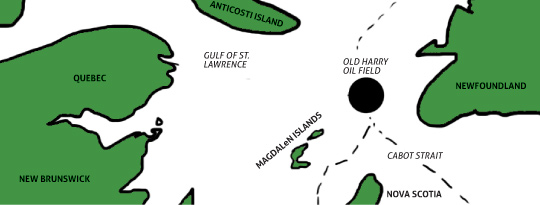
With the possibility of developing Old Harry on the horizon, a 3-year, 800-page strategic environmental evaluation report on the Gulf, published in 2013, highlighted the deficiencies of exploration and development technologies – and the biological and human impacts of spills in the region. These risks are particularly high, given the region is covered with ice for much of the year. The study concluded that Quebec does not have the capabilities to deal with a tanker spill.
The fishing industry in the Gulf represents $1.5 billion/year and tourism $800 million, while the development of Old Harry site on the Quebec side of the border would only generate about $300 million
While the federal government wishes to increase corporate accident liability in the event of a disaster, from $30 million to $1 billion, it is important to note here that the Gulf of Mexico catastrophe cost more than $40B to clean up.
Quebec as corridor for tar sands exports
Included in the “package” of Coulliard’s gung-ho development of the fossil fuel sectors are favourable views on pipelines running through Quebec to ship tar sands oil for export as well as meet Quebec “needs”. Such is the case with respect to the TransCanada Energy East pipeline to bring Alberta bitumen to the Cacouna port, in the eastern section of the St-Lawrence River.
In this region, any spill would be devastating to both the fragile beluga population and a dozen important natural marine habitat zones. A spill during the winter would be especially destructive, since there aren’t any adequate means to clean up bitumen in the presence of ice. It would also be devastating to the tourism industry, with $80 million in annual revenues.
Under the Couillard government – not all that different than the position of BC’s Christy Clark government on pipelines – Quebec would take all the risks as a transportation region for the sake of something in the order of 200 jobs. The main beneficiaries would be the exporters of the bitumen to foreign markets via tankers from Cacouna, carrying 80,000 to 200,000 tons of bitumen.
Quebec’s approach mirrors the expeditious National Energy Board smoke-screen evaluations of pipeline safety, meant to distract citizens from the fact that these evaluations do not include emissions associated with tar sands development and climate change. No wonder the Federation of Chambers of Commerce in Quebec is happy.
Quebec’s new hydro development

Despite Quebec’s surplus electricity capacity, for which hydro power represent 94% of the supply, the new Quebec government favours building more dams – much like the BC Liberal government’s private “run-of-river” policy.
Carried over from the preceding PQ government without any changes proposed by the Liberals, on Hydro Quebec’s, site one finds a glowing synopsis from Hydro-Québec on the 1550 MW Rivière Romaine projects. The web site informs us that, in the name of sustainable development and clean energy supplies for future generations, the 3 new power stations make sense. No mention is made of Québec’s electricity surplus or that the Romaine is one of Québec’s last “damable” wild rivers.
Not content with having targeted all of Quebec’s great rivers with high hydro power potential, the new Couillard government has also announced approvals for small hydro facilities on rivers with modest hydro potential.
In this regard, this article – “10 Things You Should Know About Dams” – offers a global portrait on dams to the effect they are are far less environmentally friendly than their proponents care to admit.
Plan nord, Version 2.0
The Couillard government picks up where Jean Charest left off, with an enhanced version of the former Liberal premier’s Plan nord. What Couillard has not factored into his economic vision is the fact that natural resource prices – relative to the prices of finished products manufactured with these very resources – have been declining for the last half century.
Subsidizing cement factories, cutting electric car budget
Last but not least are the following two amazing decisions of the Couillard government.
First, there is the amazing approval under an Liberal austerity Budget 2014-15 of the Port-Daniel cement facility, in the easternmost part of Quebec – the Gaspésie area. The government allotted $450M to support the $1B project, despite the fact that existing cement factories in Quebec are operating at 60% of capacity.
Moreover, the intention is to use the petecoke residues from petroleum/tar sands bitumen refining as a fuel. Petcoke is cheaper than coal but has much higher emissions.
Second, to keep his promise to the preceding PQ government, Couillard has agreed to maintain the transport electricification initiative. However, unlike the PQ, which allocated $500M for this initiative, the Couillard government has de-funded it, with responsibility transferred to Hydro-Québec. Meanwhile, the Liberals are putting a similar amount of funding into the unnecessary and high-GHG emission Port-Daniel cement plant.
This while China’s BYD is manufacturing electric buses and cars and recently built an electric bus manufacturing plant in California. Meanwhile, two Quebec urban transit commissions – the STM serving the Montreal area and the STO serving the Gatineau area – have run pilots projects with BYD electric buses.
That said, battery manufacturing and electric motor stakeholders in Quebec all have to take a back seat to the top priority given to the mining industry under Plan nord. So does the Volvo-owned Nova Bus urban transit facility in Ste-Eustache, which is working on the development of an electric bus.
A Matter of Priorities
Suffice it to say, with the Quebec Liberals – like BC’s Clark Liberals and Justin Trudeau in his promotion of tar sands exports – the environment is being used like an artificially flavoured candy coating to render projects palatable for public consumption, despite the evidence that their projects are not environmentally sound.
Also reflecting Couillard’s sense of priorities are the nomination of his economic Executive and Cabinet ministers, with the Minister of Finance Carlos Leitao, President of the Treasury Board, Martin Coiteux, and Jacques Daoust, Minister of l’Économie, de l’Innovation et des Exportations (Economy, Innovation and Exports). All of them have strong economic backgrounds.
By contrast, the Minister of Développement durable, de l’Environnement et de la Lutte aux changements climatiques (Sustainable Development the Environment and Climate Change), David Heurtel, has no background in environmental fields.
As for the Minister of Énergie et des Ressources naturelles (Energy and Natural Resources) Pierre Arcand, he was the Environment Minister in the previous Liberal Charest government, where he played the role of an eternal apologist for weaseling out of the responsibility for defending the environment.
It’s clear that the environment will not play a key role in Philippe Couillard’s government – despite the clear financial benefits of investing in the green economy.





